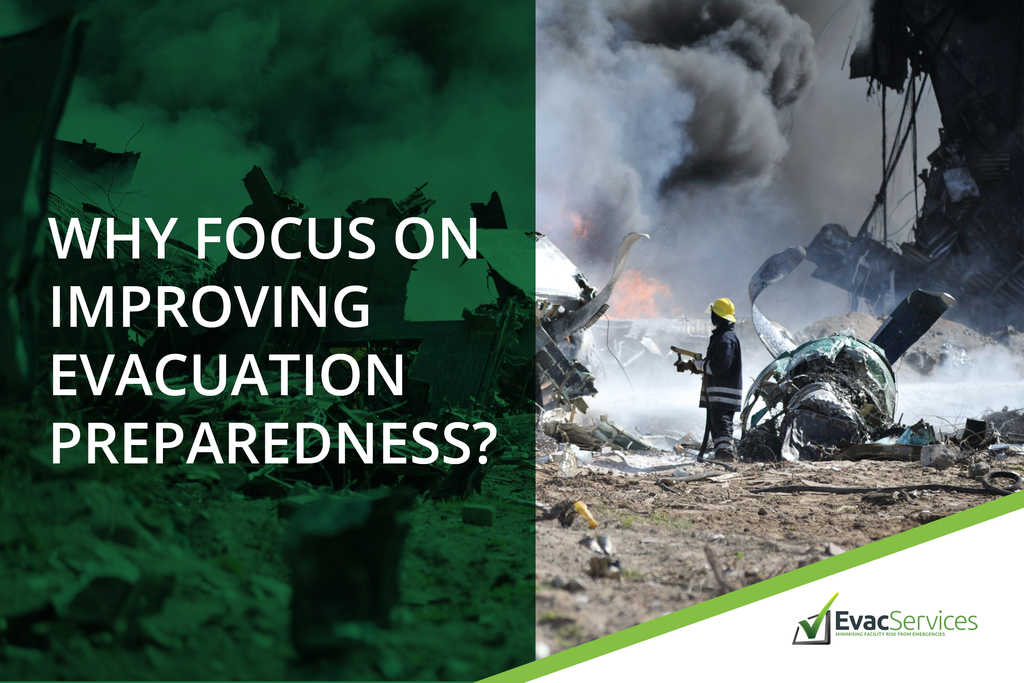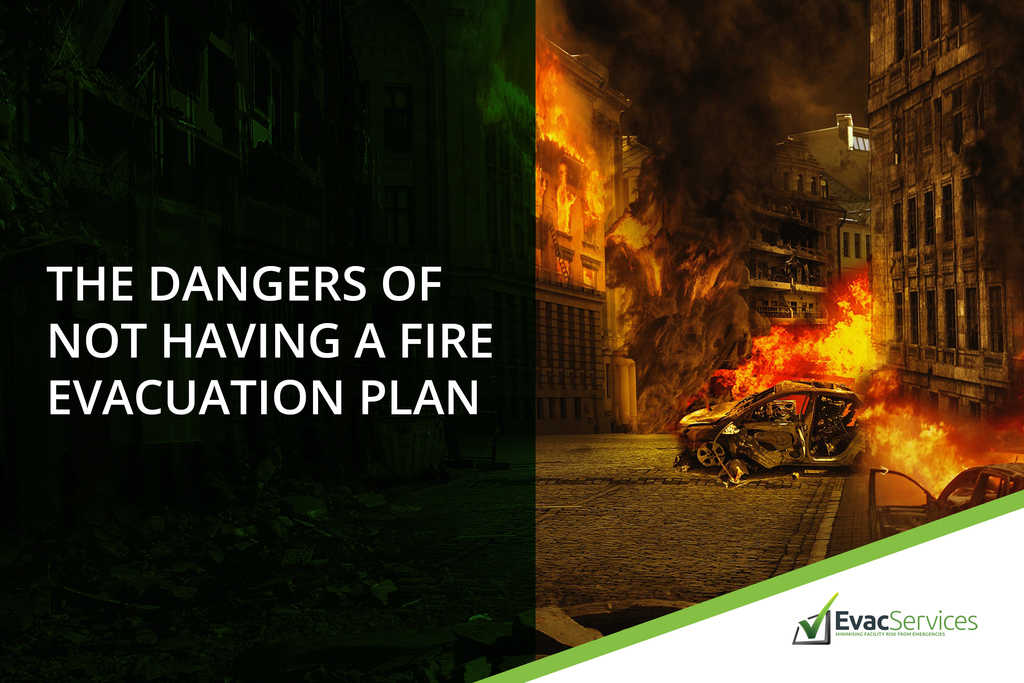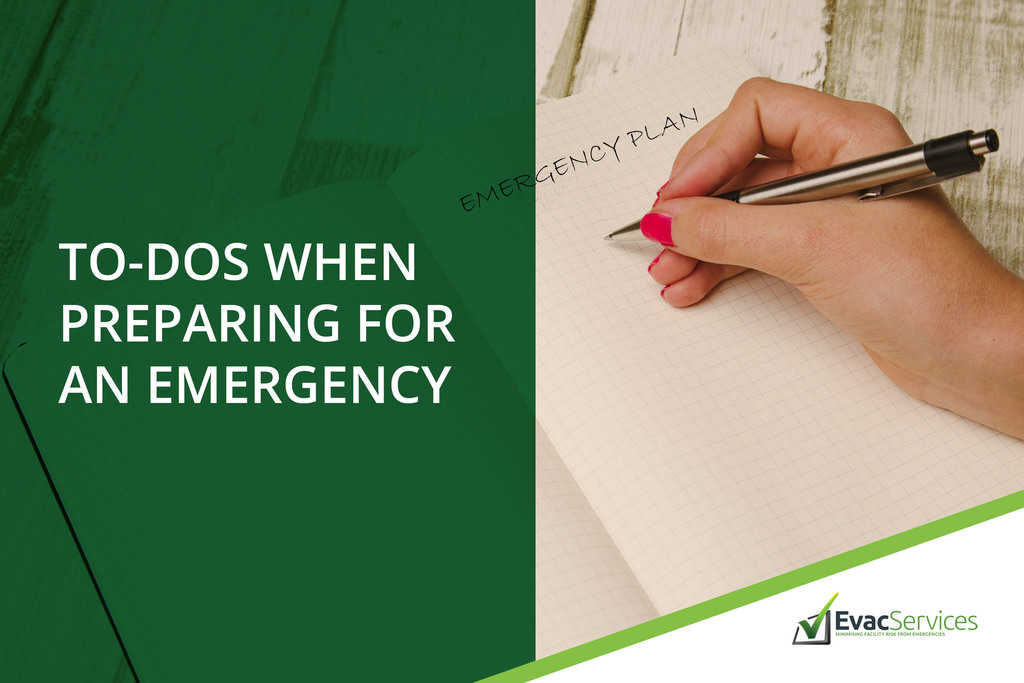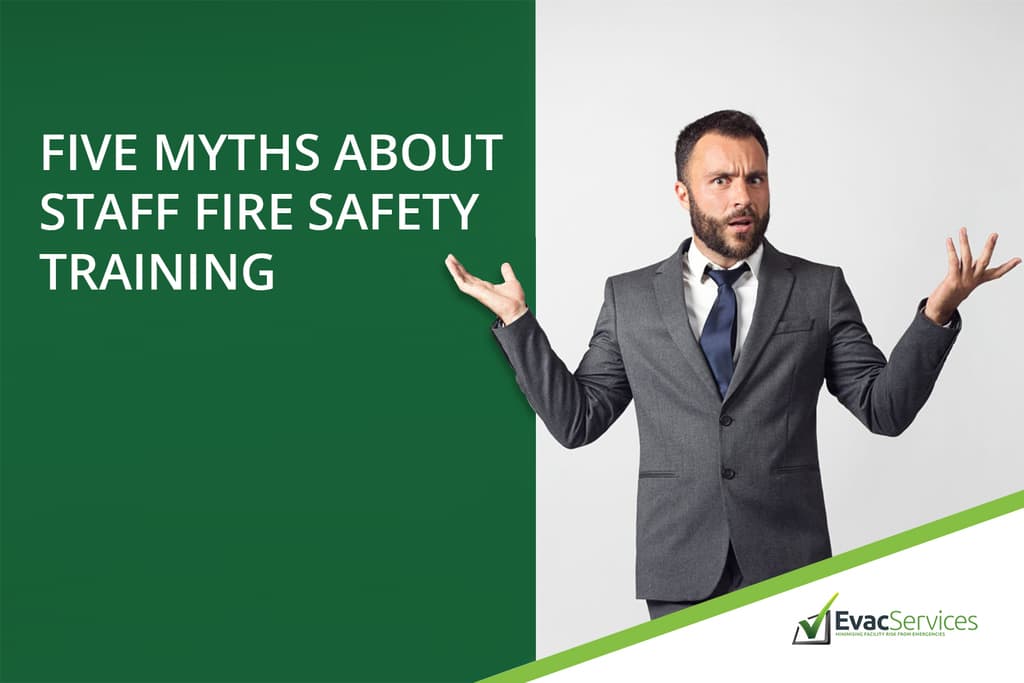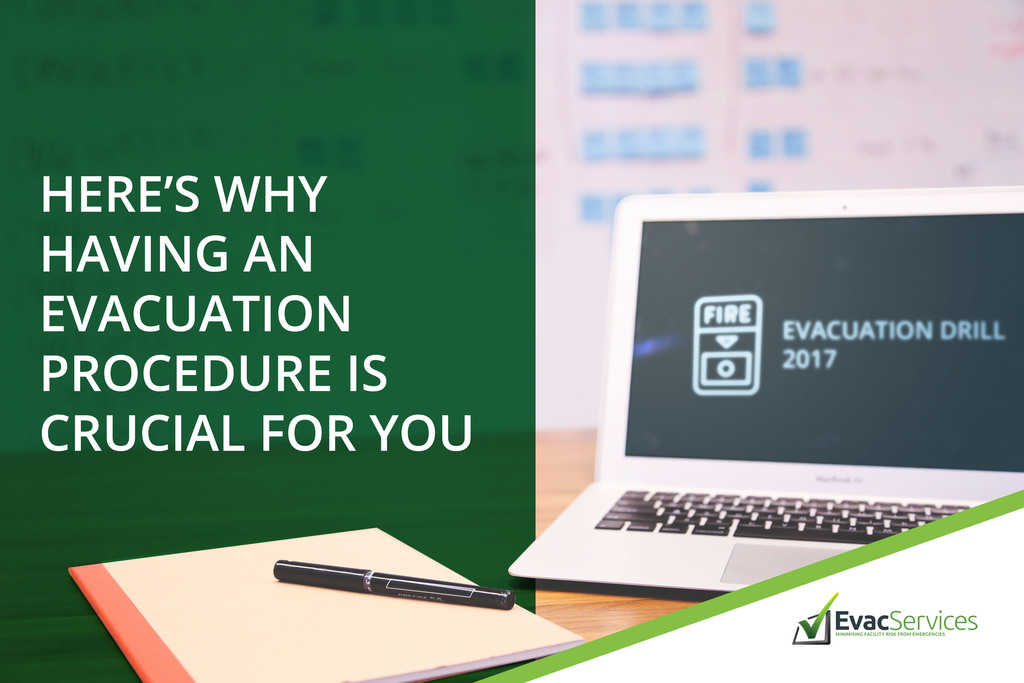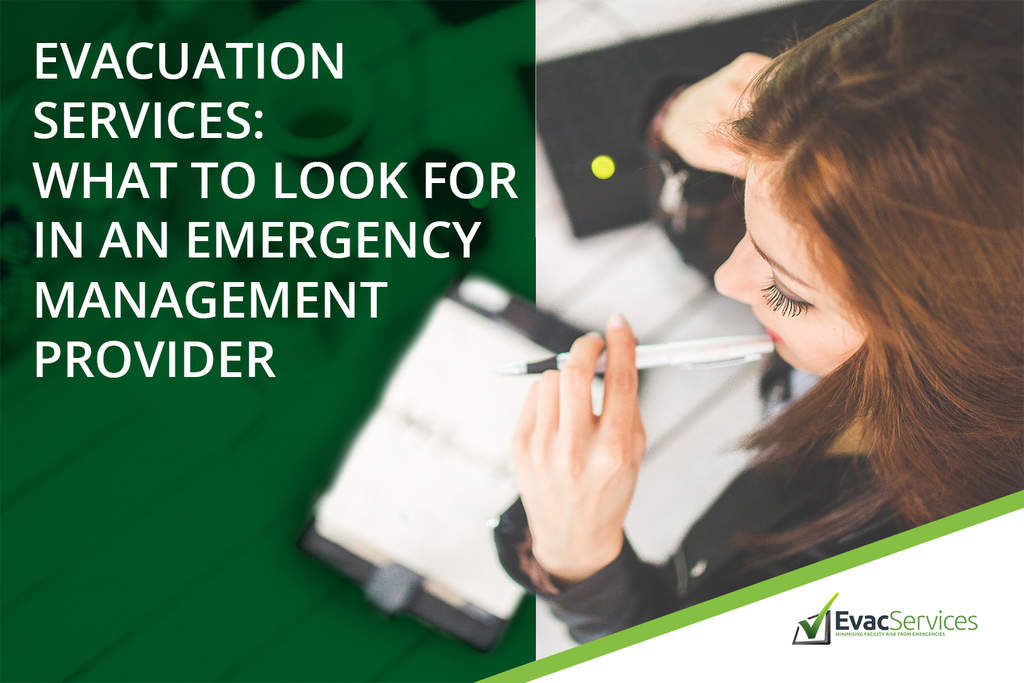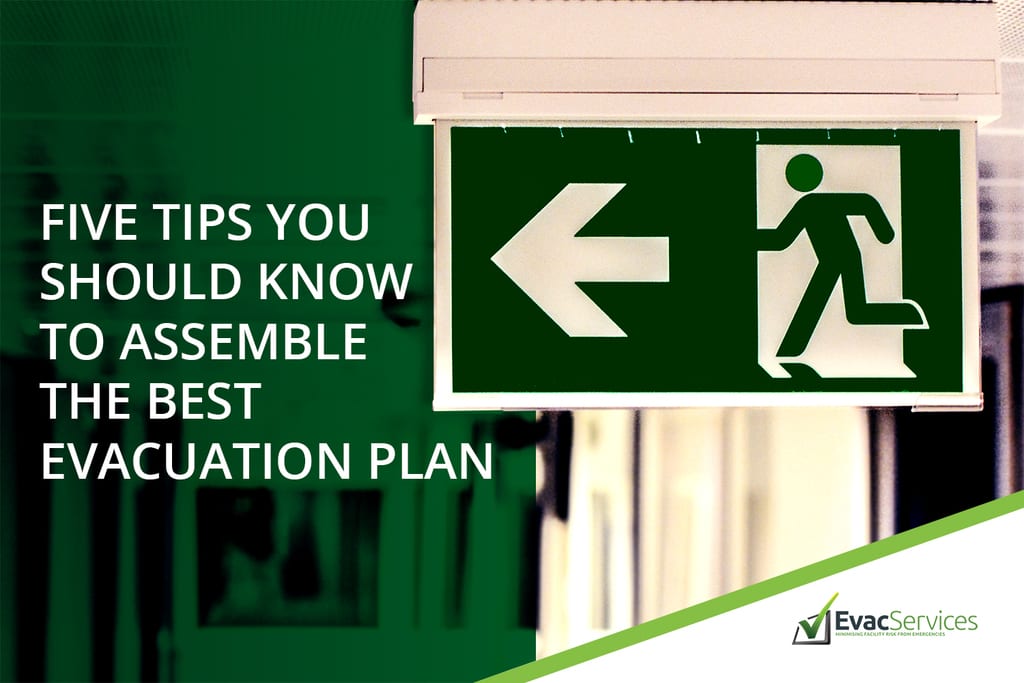Why Focus on Evacuation Preparedness?
Unrest is spreading across the world as threats of terrorism, natural disasters, fire, violence, and civil disturbance continue to rise. This frightening reality underscores the need for organisations in both the private and public sector to plan on how to ensure people’s safety and protection in the face of emergencies. Because these incidents can happen
The Dangers of Not Having a Fire Evacuation Procedure
Fire emergencies don’t discriminate. It can occur in any type and size of business, without any regard to whether your workplace is a hospital, a construction site, a mall, or an office. A business without a fire evacuation procedure is like a ticking time bomb – All it takes is just one spark to put
To-dos when Preparing for an Emergency
Preparing for an emergency is an obligation of every business in Australia. Whether your workplace is an office, a construction site, a hotel, healthcare facility, or a mall, you must adhere to standards and regulations relating to emergency planning requirements unique to your state. There’s no other way around it.
But beyond compliance, people’s safety is at
Assembly Area Requirements You Should Know
The main goal of an evacuation is to facilitate the safe exit of people from the emergency site to bring them to a more secure location referred to as the assembly area. Without this pre-planned destination at the end of the evacuation, chaos, panic, and more threats can ensue. It could potentially put people back
Five Myths about Staff Fire Safety Training
Fire emergencies pose a rising threat to businesses. Sadly, not all employers are aware of their obligations to provide staff fire safety training. Some put fire safety on the back burner, only to regret it when things start to go up in smoke.
Here are some common misconceptions about staff fire safety training:
We don’t need
Here’s Why Having an Evacuation Procedure is Crucial for You
The rising threats from natural disasters, civil disturbances, and other crises make having an evacuation procedure more important than ever. Because emergencies don’t keep to a schedule and can happen at any given time, every facility must plan for ways to mitigate the damages of an emergency to their infrastructures and people in their care.
Sadly
Six Things to Include in a Fire Evacuation Plan
As a facility manager, you aim to keep every person in your care as safe as possible. This is particularly the case during high-risk situations, such as fire emergencies. A well-established fire evacuation plan will help you meet this objective. But what exactly merits a good evacuation plan? What should you look for and include?
Take
Evacuation Services: What to look for in an Emergency Management Provider
What should you look for in an emergency management provider that delivers evacuation services suited to your needs?
Emergency planning is not just a catchphrase. With the real and present danger imposed by fire incidents, civil disturbances, terrorism, and other crises, the need for an emergency plan is important now more than ever. Therefore, more and
Mistakes to Avoid in Creating a Fire Evacuation Plan
When people’s lives are at stake, there’s no room for mistakes. This is especially true when it comes to creating a fire evacuation plan. A fire evacuation plan that’s haphazardly established could cause confusion, chaos, damage to properties, and death. It should be carefully thought through, tested, and communicated to ensure a higher chance of
Five Tips You Should Know to Assemble the Best Evacuation Procedure
Emergencies don’t keep to a schedule – They can happen at any time, any day. Thus, it’s important to develop an evacuation procedure that suits your workplace to ensure that all employees can exit your building safely in times of emergency.
Here are five tips on how to assemble the best evacuation procedure
Know your risks.
It

